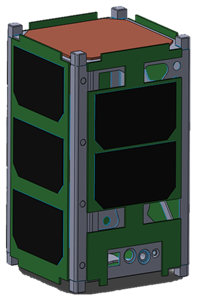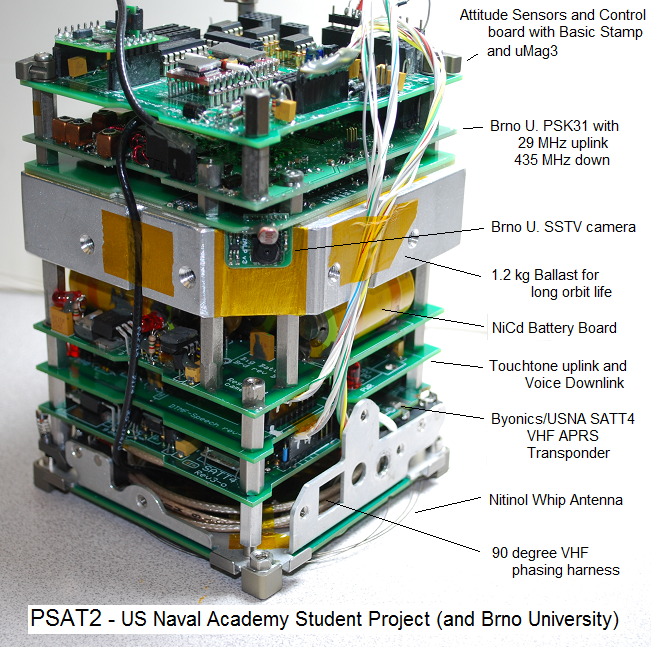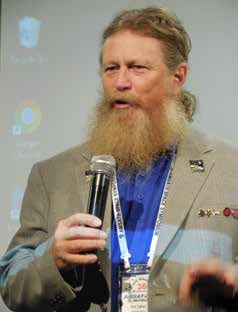AMSAT is pleased to announce that the AMSAT Symposium Saturday Evening Banquet on Saturday, October 19th will feature a panel of guest speakers presenting “The Foundations of AMSAT” followed by a question and answer period. Guest speakers will include:
Lance Ginner, K6GSJ (Project OSCAR)
George Jacobs, W3ASK (Author, Diplomat)
Dr. Perry Klein, W3PK (Founding President of AMSAT)
Dr. Owen Mace (Australis-OSCAR 5 Builder, University of Melbourne)
Richard Tonkin (Australis-OSCAR 5 Builder, University of Melbourne)
Jan King, W3GEY (Founding member of AMSAT and Australis-OSCAR 5 Project Manager)
The 50th Anniversary AMSAT Space Symposium and General Meeting will be held on Friday through Sunday, October 18-20, 2019, in Arlington, Virginia at The Hilton Arlington. Symposium registration is available for $60 from now until September 15th. Banquet tickets are $55. Tickets are now available on the AMSAT Store at https://www.amsat.org/product-category/amsat-symposium/
Tickets are also now available for the Sunday tour. On Sunday, October 20th, a bus tour will take attendees to the the Steven F. Udvar-Hazy Center, an annex of the National Air and Space Museum. Two large hangars display thousands of aviation and space artifacts, including a Lockheed SR-71 Blackbird, a Concorde, and the Space Shuttle Discovery. Bus capacity is limited to 35 attendees. Tickets are $30 per person. Attendees who wish to drive may also join the tour group. Parking at the Udvar-Hazy Center is $15.
On Monday, October 21st, AMSAT President Joe Spier, K6WAO, will lead a walking tour of the National Mall. No reservations are required. Transportation to the National Mall will be via the Washington Metro.
Additional information, including hotel reservation information is available at https://www.amsat.org/amsat-symposium/







